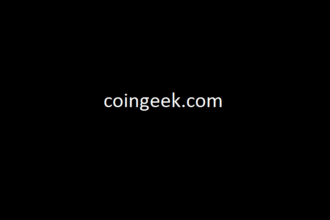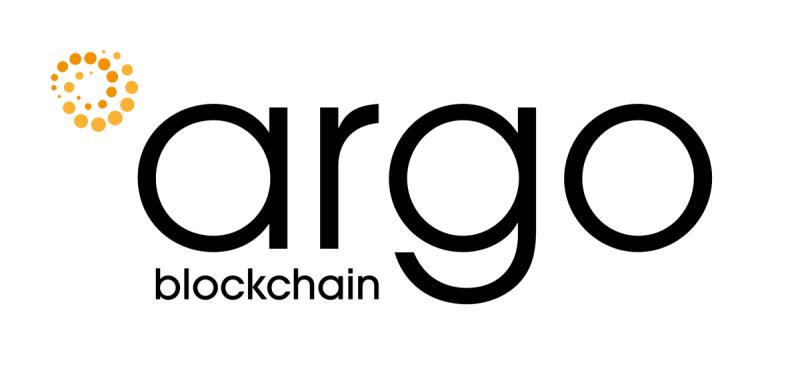Decentralized lending protocol Aave processed millions in liquidations Monday without accruing any new bad debt, showcasing its resilience during market volatility, data from Chaos Labs shows.
The crypto market wilted early Monday, with the price of bitcoin (BTC) falling to nearly $91,000 from $100,000 as concerns of a renewed trade war between the U.S. and its top partners Canada, Mexico and China sent shockwaves through financial markets. The slide reversed later in the day after President Donald Trump paused tariffs on Mexico for 30 days.
The solid two-way price action led to margin shortages, resulting in massive liquidations, the forced closure of positions on centralized and decentralized trading avenues. Aave alone processed $210 million in liquidations, its highest single-day tally since the crash of Aug. 5, the data show. More importantly, the protocol avoided taking on new bad debts.
The protocol accrues bad debt when borrowers fail to repay their loans and the collateral provided is insufficient to cover the outstanding amounts. The risk is higher during volatile market conditions, like those on Monday, when sharp price declines and low demand hinder the effective liquidation of collateral.
“Liquidations were executed efficiently across the protocol, most of which were performed on the Ethereum Main instance. The robust risk management mechanisms within Aave ensured that the collateralized positions were settled as intended, minimizing protocol losses,” Chaos Labs said on X.
Aave essentially aced the market’s stress test, demonstrating the efficiency of its risk-control measures and liquidation mechanisms. Its existing bad debt even declined by 2.7% due to the drop in the value of the debt assets.
Pseudonymous DeFi observer leo hailed AAVE’s performance as evidence of decentralized finance’s strong foundation, which includes “rigorous collateral selection and management through governance, efficient protocol design for liquidations, thick liquidity pools in the ecosystem.”
Impending upgrades like Aave v3.3, v4 and the Umbrella updates indicate a promising future for the DeFi industry, leo said.
Version 3.3, announced in December, introduces a function to record and clear uncollateralized bad debts from liquidations, allowing Umbrella, an automated debt-management system, to handle risk and lower protocol liabilities. The version also helps control the build-up of so-called dust debt, which are small amounts of debt that are difficult to clear or liquidate due to their negligible value.
CoinDesk: Bitcoin, Ethereum, Crypto News and Price Data – Read More










